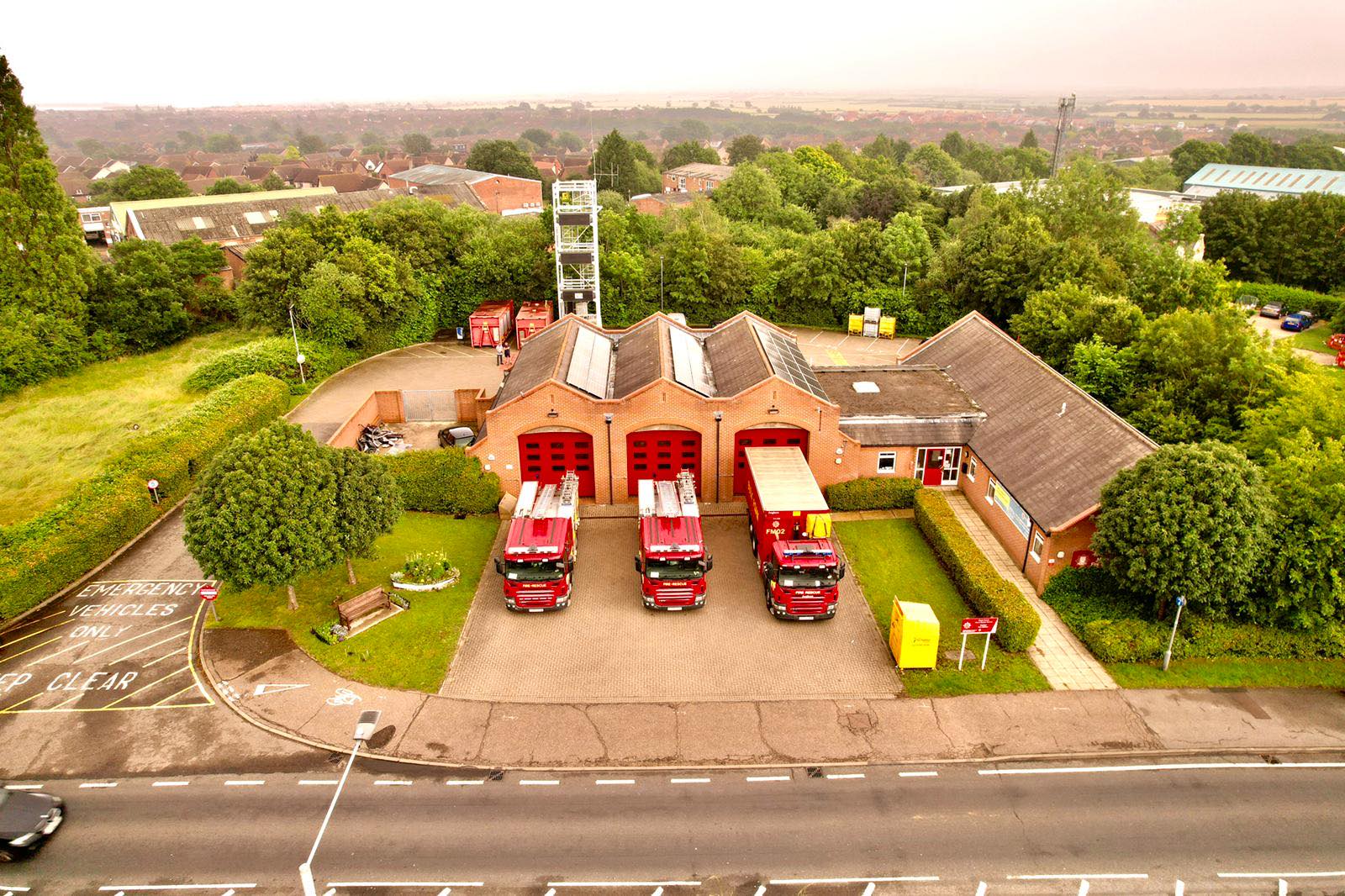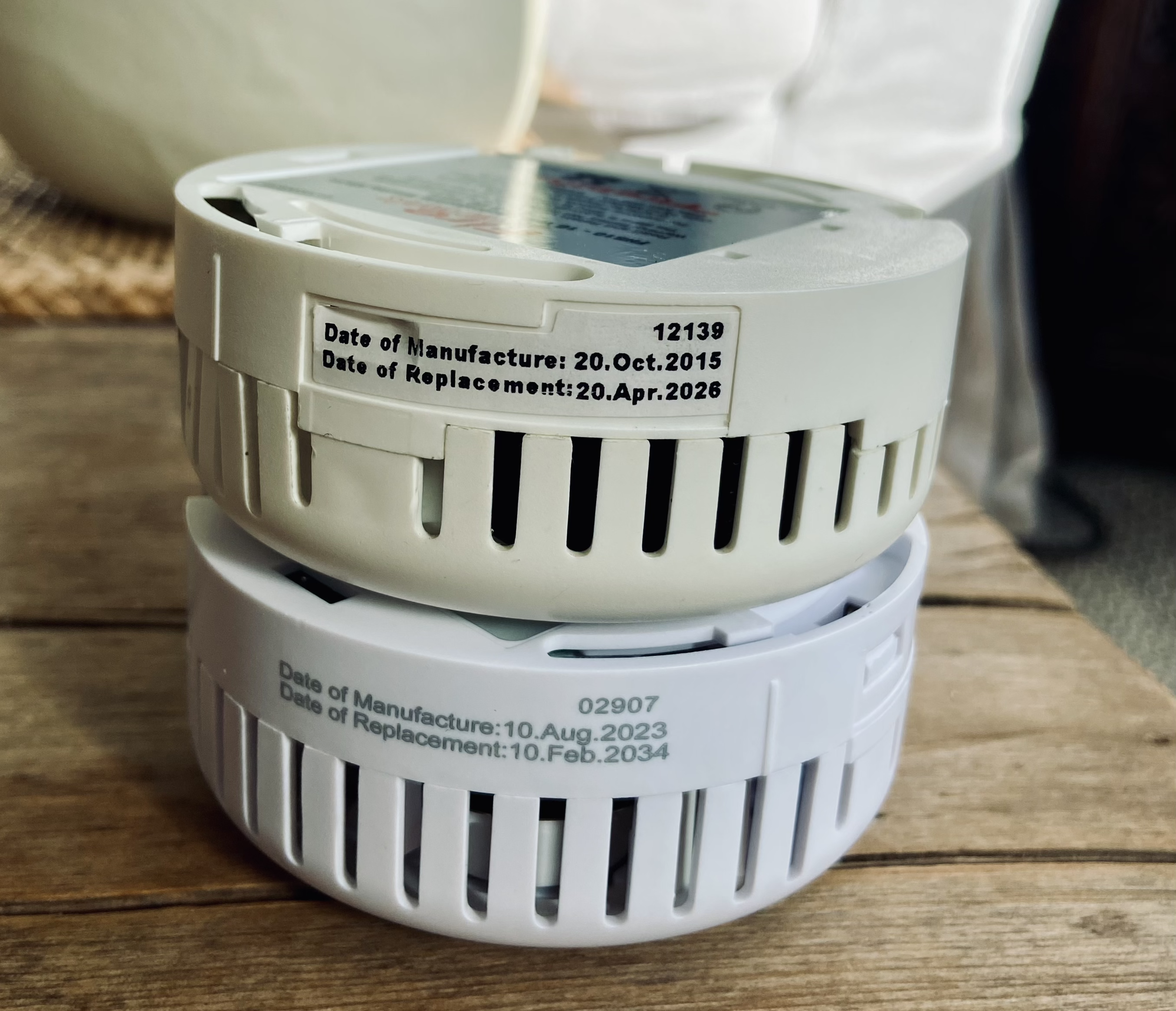Over the Border Runs
An “over the border run” is fire and rescue service terminology for one service operating in another’s area. For Essex County Fire and Rescue Service this normally means going into Suffolk, Cambridgeshire, Hertfordshire, London, or over the Dartford Crossing into Kent, to assist colleagues. On occasion firefighters from those areas, particularly Suffolk, Hertfordshire and London, come into Essex to lend a hand. In recent years Essex firefighters have been much further afield to help out when serious flooding has hit other parts of the UK. But things weren’t always so well organised. Until World War II fire brigades tended to operate very much in their own, specific, areas, often refusing, outright, to cross a local authority boundary. Providing a fire service was very much a local affair and if a council took this seriously and spent rates on providing an efficient fire service it was very reluctant to subsidise less responsible neighbours.
Without doubt, the most significant “over the border run” for Essex CFRS took place in December 2005 following the explosion and fire at the Buncefield Oil Terminal in Hertfordshire near Hemel Hempstead. The explosion, heard over a very wide area, happened at 0600 on Sunday 11 December. The fire was said to be the largest in western Europe since World WarII and caused a huge column of black smoke, also visible over a very wide area. Between 0602 on the Sunday and 1936 on Wednesday 14 December over 1000 firefighters used over 40 million litres of water and 600,000 litres of foam to extinguish this fire.
From the outset it was clear that Hertfordshire Fire and Rescue Service would require large scale assistance.
There were some spectacular “over the border runs” to this incident . Cheshire FRS sent a foam tender (FoT) from Warrington and Derbyshire FRS sent a FoT from Ilkeston. The private company providing fire cover for the petrochemical industries on Teeside sent an appliance, as did the US Air Force from RAF Mildenhall. The BP Refinery at Grangemouth in Scotland was ready to send a FoT, with an 8 hour running time to Buncefield, but in the event it was not required. High Volume Pumping Units (HVPUs) were also sent by fire services as far away as Greater Manchester and North Yorkshire. A national control centre was set up by West Yorkshire Fire and Rescue Service to coordinate the mobilising of resources to this incident. However the bulk of the support for Hertfordshire came from the fire and rescue services in adjacent counties – Essex, Bedfordshire, Buckinghamshire and the London Fire Brigade.
Essex had a rendez-vous point for its reinforcing appliances at Harlow Fire Station. From there they made their way in convoy to Buncefield. (At various stages during the fire parts of the MI and the M10 motorways were closed to facilitate the passage of fire appliances, or for use as holding areas for fire appliances.) The initial Essex attendance was made up of FoTs from Grays and Epping, the rescue tender from Grays, hose layers from Billericay and Hadleigh and pumping appliances from Grays, Billericay, Epping and Hadleigh. The FoT from Maldon was mobilised but was held back to provide foam in case of a need for it in Essex. The control unit from Brentwood also went to Buncefield and joined control units from Hertfordshire FRS and the LFB in directing the firefighting.
All the firefighters deployed needed refreshments and providing these fell to the Bedfordshire FRS catering unit based at Potton and the LFB’s canteen van, which is operated by the Salvation Army. The catering bill for this incident was £34,000.
In close competition with Buncefield is another, much longer “over the border run” involving a fire brigade that was then in Essex and details of which are in the Essex Fire Museum archives. These take the form of a letter to a Romford newspaper in January 1941 from the Lord Mayor of Manchester to the Mayor of Romford. In his letter the Lord Mayor thanks Romford for sending personnel from its fire brigade and Auxiliary Fire Service (AFS) to assist firefighters in Manchester during recent heavy air raids on the city. He notes that Manchester’s Chief Constable, in Manchester the fire service was under police control, was writing to Romford’s Chief Fire Officer to express similar appreciation. It is perhaps surprising that this letter was published. Censorship of press and broadcasting in the UK during World War II was very strict and usually reports about air raids were couched in deliberately vague terms so as not to give away any information that might be useful to the enemy – e.g. “a town in the north west was attacked last night”, or something similar. Here we have a letter that indicates clearly that the situation in Manchester, the city had been bombed over Christmas 1940, had been so serious as to require fire service reinforcements from as far away as the London Region. This must have raised a cheer in Berlin!
Buncefield was a spectacular “over the border run” in all senses of the words. Some such runs can be much lower key but at the same time possibly more interesting. Take the fire engine from Tourcoing in northern France mobilised a few years ago to a car on fire on the highway. As it turned into the residential road given as the location of the incident the crew saw the car a few hundred metres ahead. In the course of that distance the fire engine not only crossed the boundaries of the Tourcoing municipality and the Nord department, but also the international frontier between France and Belgium. The car was on Belgian territory whilst its driver had run back along the road to the first, or last, public telephone box in France to make his emergency call. The French firefighters put out the blaze and returned to station to telephone details of the incident to their Belgian colleagues at Mouscron on whose “patch” the fire was. Presumably, this job was logged by two fire services in two countries.
OVER THE BORDER RUNS By Mike Smith


